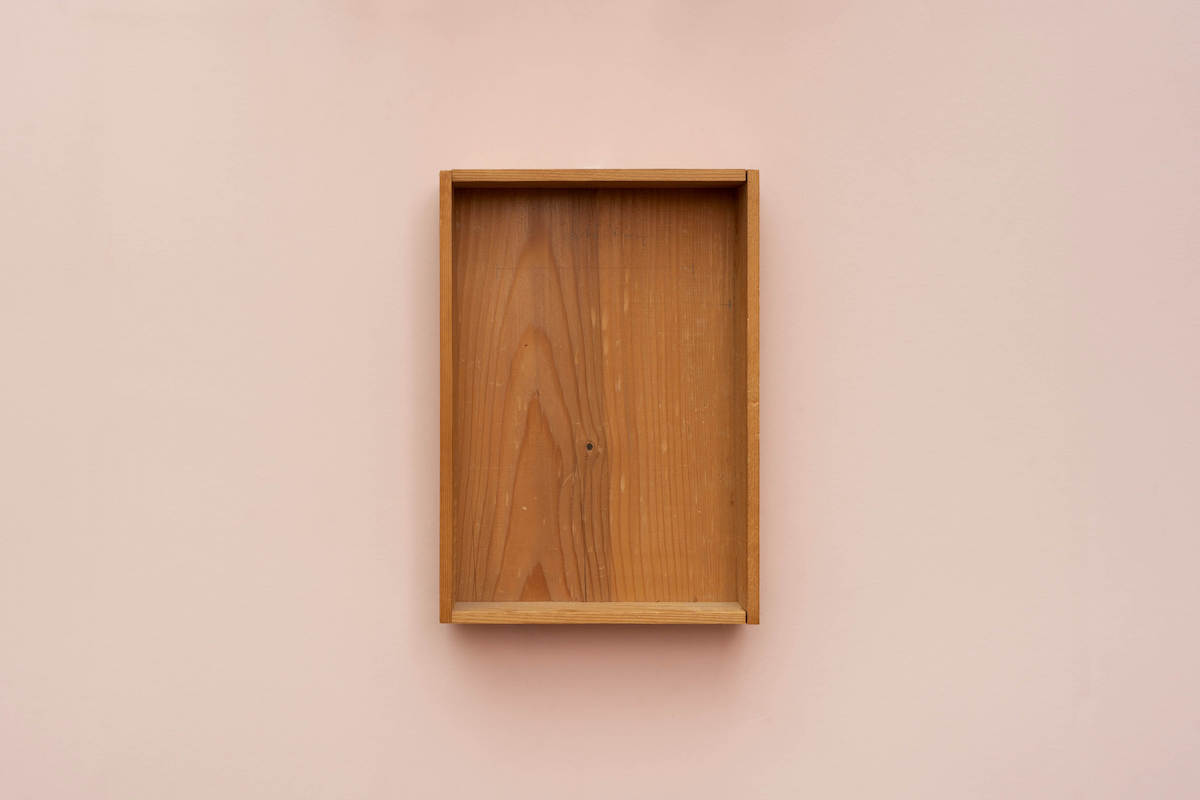
Joseph Beuys - 1968
Intuition
Manufactured in an unlimited edition, this multiple was originally sold by mail order for eight Deutschmarks. The low cost and ready availability of the work fulfilled the wish of Beuys and his publisher Wolfgang Feelisch to make art more accessible to the general public. Feelisch produced multiples with dimensions scaled to those of other household items. Because of their undefined purpose, these objects could stimulate their owners’ imaginations. This aim resonates with Beuys’ famous quote that ‘everyone is an artist’ — a statement with which he suggested that all forms of creativity were artistic, not just the work of professional artists. As an invitation to think outside the box, Intuition expressed Beuys’ aspiration to activate the creativity of individuals.
The multiple takes the form of a shallow, open box, assembled roughly from inexpensive cuts of timber. Thousands of these boxes were produced in Beuys’ lifetime, each featuring the same three-part sequence of pencil inscriptions. The first and uppermost of these inscriptions consists of the word ‘Intuition’, beneath which lie two horizontal lines. Beuys intended these lines as pictorial evocations of reason and intuition respectively. The short, standing strokes with which the upper line is bounded, call to minde the determinacy of rational thought. The lower line, by contrast, is open at one end, evoking the more enigmatic paths along which intuition can travel.
Joseph Beuys (1921 – 1986) was a German artist, teacher, performance artist, and art theorist whose work reflected concepts of humanism, sociology, and anthroposophy. He was a founder of a provocative art movement known as Fluxus and was a key figure in the development of Happenings. Joseph Beuys viewed art as a vehicle for revolutionary social transformation, and his wide-ranging practice expanded notions of avant-garde sculpture in the post-war era. Often associated withthe Fluxusmovement, Beuys focused on what he called “social sculpture,” engaginghis audience and the environment in new ways. He produced assemblages, installations, performances, prints, and drawings, among other media, which usuallyembraced a philosophical, humanist message.



